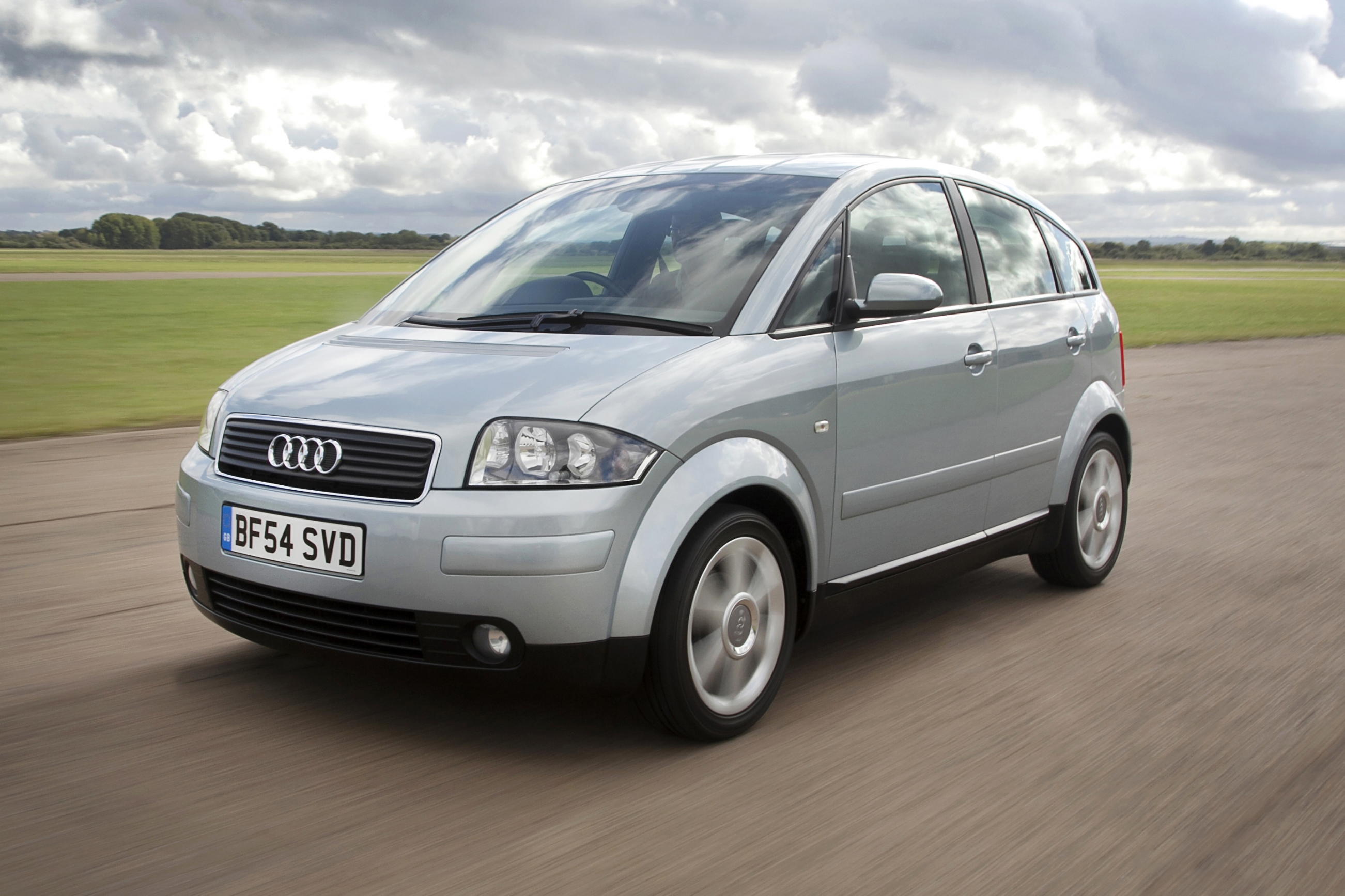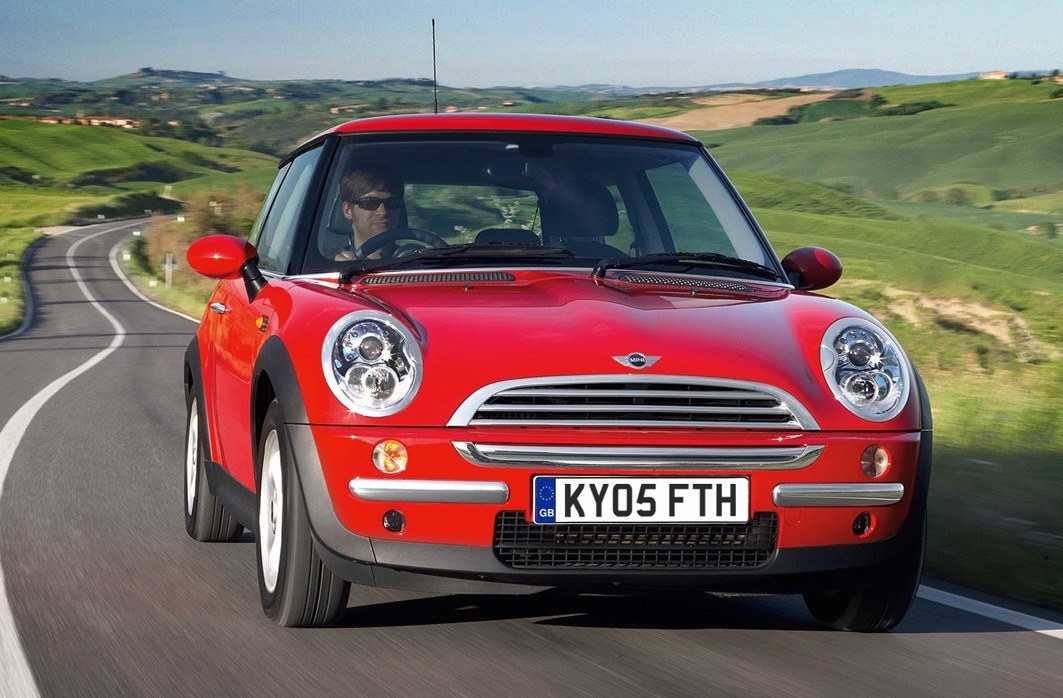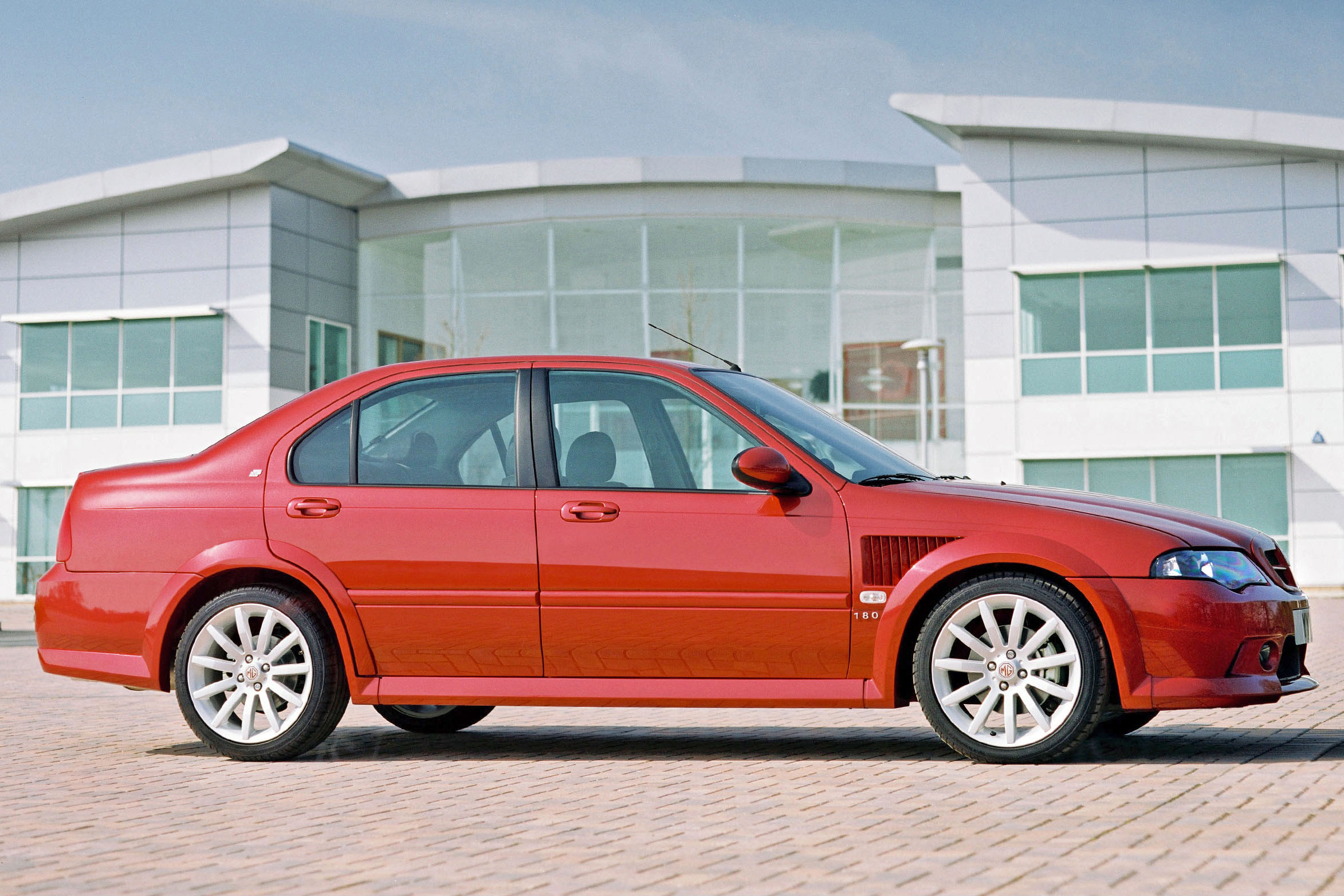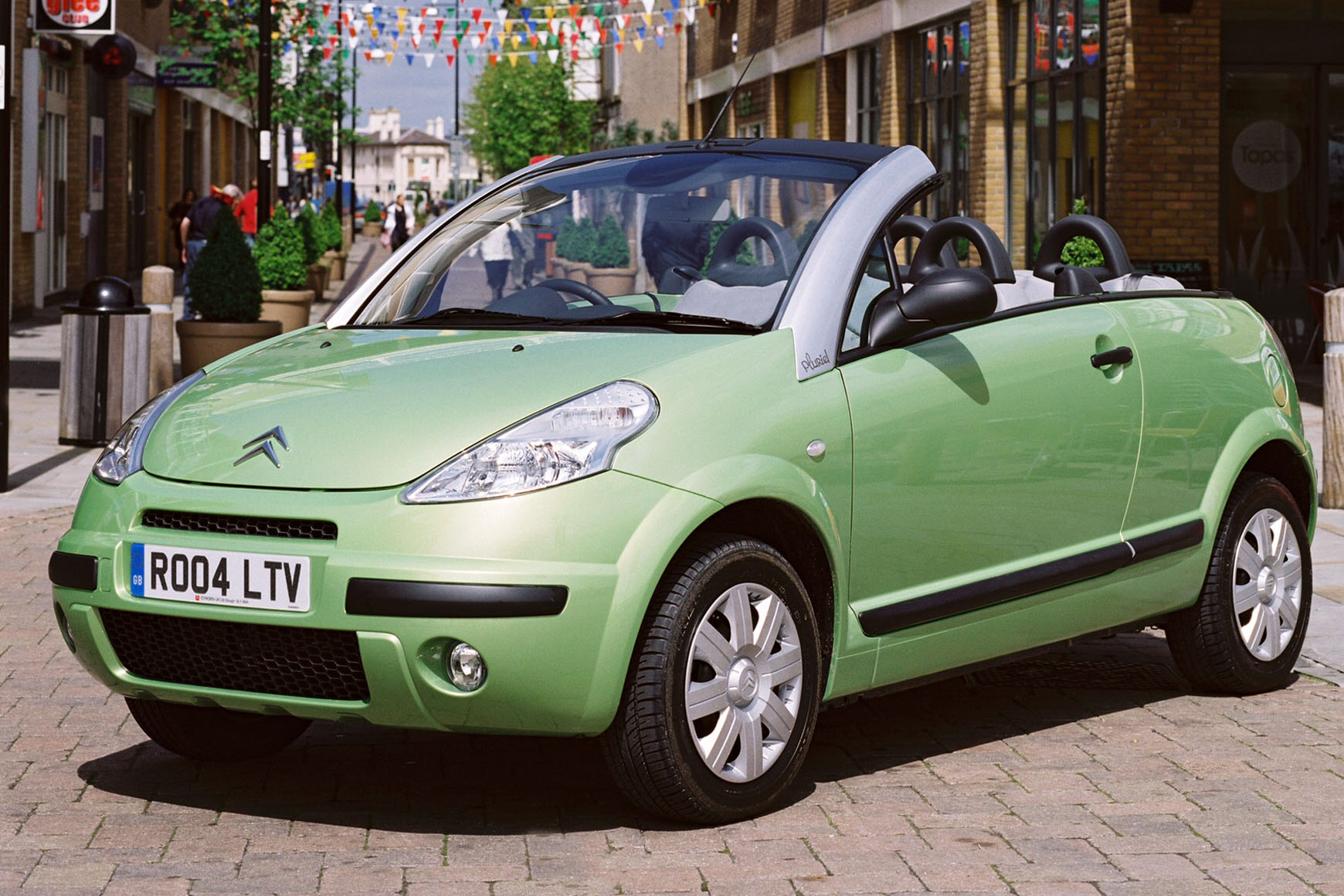
Cars from the 2000s aren’t as new as you care to remember, with the oldest models now being more than 22 years old.
A few of them are rapidly banging on the door of classic territory. Here are our top tips for ten sub-£2000 future classics.

MINI One
A classic name always helps, and they don’t come more classic than the iconic MINI brand. Amazingly, it’s now over 20 years since the ‘new’ BMW MINI made its debut and ever since its launch the car has been a massive hit. Incredibly strong residual values mean that the MINI has never quite hit banger territory as hard as its peers, and in turn that means a good many of them have enjoyed decent maintenance levels and caring owners, rather than having been run into the ground.

Ford Focus ST170
The press got stirred into a frenzy when the Ford Focus ST170 appeared, basking in the afterglow of the Focus RS. The ‘warm’ Ford Focus had 170PS on tap, which was plenty enough to exploit its famously brilliant chassis. Yet because it wasn’t a hot Ford in the most hardcore mould, it gained two advantages – at least in the context of this article. First, it isn’t (yet) chased after by collectors. Second, it is still as practical and usable as any other Ford Focus hatchback, especially if you opt for the cheaper five-door (or even the estate). A truly brilliant car to drive and very affordable.

MG ZS
The entire MG Z-car range is starting to attract a smattering of classic interest. There isn’t an MG Z car that’s not rewarding to drive (even the ZR 105 and ZS 110 have their merits, not least cheap insurance) but the pick of the bunch is the 2.5-litre V6 MG ZS 180. Okay, it looks like a Rover 45 in a tart’s outfit, but this was one of the finest handling cars of its generation... it was blooming quick, too. Yet because it looks like a Rover 45 you can pick one up for peanuts. It’s only a matter of time before collectors will be clamouring for the best ones.

Audi A2
It may not have been a resounding success for Audi itself, costing more than an Audi A4 to build and attracting only a minority interest due to high list prices when new, but the Audi A2 is a packaging and engineering masterpiece. Crafted as an all-aluminium monocoque, it was one of the car industry’s first experiments with lightweight technology and in many ways was a trendsetter that was years ahead of its time. The styling still looks fresh, despite its age. Find a three-cylinder 1.4-litre TDI and you get a cool car that’s well-built, sips almost no fuel and won’t rust.

Citroen C3 Pluriel
A humble Citroen C3 under the skin, the Citroen C3 Pluriel was Citroen’s attempt to redo the Citroen 2CV. In many ways, it succeeded, right down to the flaky build quality and below average crash performance. But the Citroen C3 Pluriel isn’t without its merits. Quirky, with a folding or entirely detachable roof, it has oodles of character and makes for a likeable entry into the joys of open top motoring. Just make sure you can put the detachable roof rails back on properly, as it’s a known fault.

Renault Avantime
Quite why Renault thought it was a good idea to try and create its own Frankenstein’s monster by melding together the attributes of a Renault Espace and a sports coupe is beyond us, but we have more than a sneaking admiration for the French brand for doing so. Built by Matra in Dieppe, the Renault Avantime is one of the weirdest looking cars ever made. It’s pretty unconventional to drive, too. It’s difficult to explain, then, why it holds such appeal. But believe us, it does. Especially if you’re one sandwich short of le picnic.

Skoda Octavia vRS
A bit like the MG ZS 180 in more ways than one, the Skoda Octavia vRS is another car that won’t be this cheap for much longer, especially if you can get your hands on a cherished and well-maintained example. The vRS (the v, incidentally, was added later after Ford lodged a copyright infringement against the RS name) was Skoda’s game changer. It had already addressed the age-old Skoda jokes by introducing, in the Octavia, a car that had decent build quality. The Octavia vRS proved Skoda could make one that was a peach to drive, too. And it was a big success.

Subaru Impreza
The Japanese haven't always excelled at facelifts - and the ‘bug-eye’ Subaru Impreza is a good case in point. Whereas the original Impreza was sharp and cleanly styled (if a little bland), this version gained goofy headlamps and a slightly weird grille. A lesser known fact, though, is that the facelift was in part carried out by the styling studio of Harris Mann, designer of the Triumph TR7 and Austin Allegro, so maybe the ‘unusual’ looks aren’t such a surprise. What this means, though, is that a bug-eye Subaru Impreza is less desirable than an earlier WRX, yet is arguably an even better car to drive.

Rover 75
The Italian motoring media voted the Rover 75 to be the ‘best-looking car in the world’ when it first came out. Quite an achievement, given this was the nation that gave us Ferrari, Lamborghini and Alfa Romeo. It wasn’t without its problems, of course (above all, it’s a Rover…) but BMW’s lessons in build quality mean that the Rover 75 has proven to be more durable and certainly more rust-resilient than even its German rivals. Currently, Rover 75s fall into two camps. Those owned by enthusiasts (of which there are now quite a few, well on the way to being lovingly preserved) and daily bangers. What you need to do is find one that falls somewhere in between and look after it.

Jaguar XJ
This Jaguar XJ - codenamed the X350 - was launched in 2002 and was Jaguar’s boldest luxury model yet, embodying traditional design with modern manufacturing techniques, including an all-alloy body and lightweight suspension components. But as with all Jaguars, many of the original owners have either moved on or passed on and that means that the big old XJ currently has a bit of an image problem. You still need around £5k for a really nice example, but there are hundreds in the classifieds that are high on miles and low on price.

